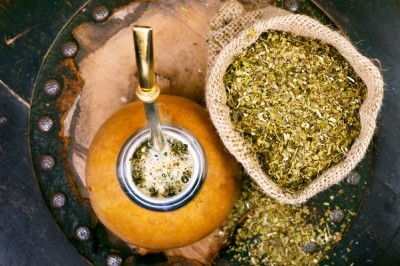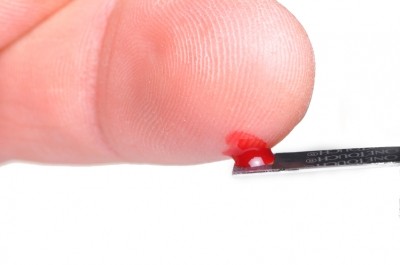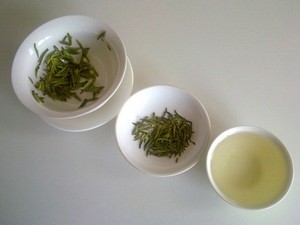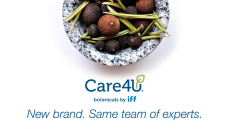Green tea trumps rivals for antioxidant and antimicrobial properties
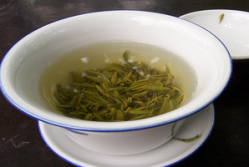
Consequently, the study authors suggest that leafy herbal tea (LHT) extracts could be used as a health-promoting functional ingredient (for instance, as a means of killing cariogenic bacteria in the mouth) or as a natural antimicrobial preservative in foods.
Rooibos, green, black...
LHT extracts on trial comprised 11 commonly consumed teas from leafy herbs: rooibos, green, black, rosemary, lemongrass, mulberry leaf, bamboo leaf, lotus leaf, peppermint, persimmon leaf and mate.
Writing in the October 2012 issue of Food Control, Oh Jungmin and colleagues from the food science and biotechnology department, Sungkyunkwan University, extracted samples of each LHT using 80C water and 20C ethanol.
Total phenolic content (TPC), total flavonoid content (TFC) were both measured: phenolic compounds and flavanoids are generally effective antioxidant compounds.
In addition, the team examined 2,2-diphenyl-2-picrylhydrazyl (DPPH) and 2,2-azinobis-3 ethyl benxothiazoline-6-sulphonic acid (ABTS) free radical scavenging activity.
As reactive oxygen species - produced via cellular aerobic respiratin - free radicals have a adverse effect on biological systems and lead to oxidative stress.
The ferric iron reducing power of the samples, and their ferrous ion chelating effects were also measured.
Highest antioxidant activity
The green tea ethanol extract showed the highest antioxidant activity in all assays except the ferrous ion-chelating assay, Jungmin et al. wrote.
The scientists defined antioxidant activity as inhibition of the oxidation of lipids, proteins, DNA or other molecules that blocks the propagation step in oxidative chain reactions.
“Green tea ethanol extract showed the highest antioxidant activity in all assays except the ferrous ion-chelating assay," they wrote.
“Water extracts of green tea and black tea and ethanol extracts of rosemary, mate and persimmon leaf teas also exhibited considerable antioxidant potential, followed by the green tea ethanol extract.”
The researchers also determined minimum inhibitory concentrations (MIC) and minimum lethal concentrations (MLC) to verify the antimicrobial activities of the extracts against two oral pathogens: Streptococcus mutans and Streptococcus sobrimus.
In addition, Jungmin et al. examined the antimicrobial effects of the tea extracts on three foodborne pathogens – Listeria monocytogenes, Shigella flexneri and Salmonella enterica.
“Among the tested LHT’s, green tea ethanol extract had potent antimicrobial activity against all five pathogens, and the mate tea water extract was the most effective against Gram-positive bacteria," they wrote.
Title: ‘Antioxidant and antimicrobial activities of various leafy herbal teas’
Authors: Jungmin, O., Heonjoo,J. , Reum Cho, A., Sung-Jin, K., Jaejoon, H.
Source: Food Control, 31 (2013) 403-409, http://dx.doi.org/10.1016/j.foodcont.2012.10.021

